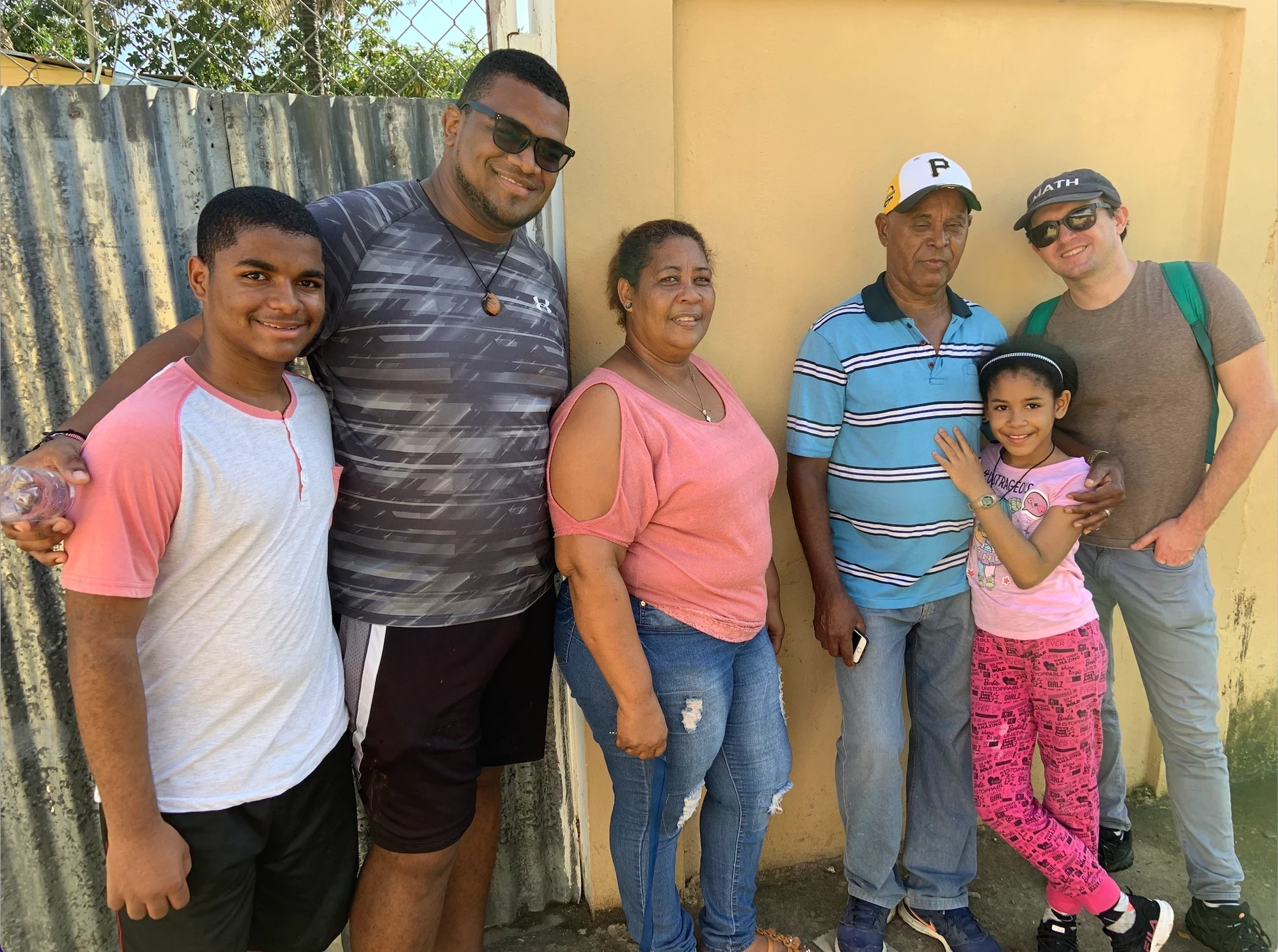Is #VISIONSdressCode too old-fashioned for me?
No, we don’t think so! However, we are aware of some of the friction between students and schools about dress codes that are perceived to limit the bounds of self expression. We understand that this is an important topic to many, but VISIONS is specific and steadfast about our dress code for different reasons.
Our decisions about dress code are quite simple—we are guests in our host communities, not tourists. We work with elders, nonprofit leaders in their professional settings, indigenous communities that abide by conservative attire, members of religious and spiritual groups, and others whose cultural and professional beliefs abide by conservative and appropriate attire.
Our service days are like “going to work,” and it’s important to dress in a manner that is not only comfortable and makes sense for the labor projects at hand, but also where we are culturally appropriate and respectful of the community and their cultural norms. Our views of self expression often don’t translate and can come across as being aloof or out of touch with the very community we want to connect with.
We realize that our participants come to the programs with the best of intentions and may need guidance on the attire that is going to be appropriate locally. That’s why we have a thorough packing list and packing guidelines. Here is a synopsis:
Articles of clothing NOT permitted on VISIONS programs:
- Short-shorts or short skirts: they must be at least mid-thigh
- Crop tops (shirts need to cover midriff)
- Spaghetti straps & low cut shirts
- Clothing that reveals undergarments
- See-through clothing
- Spandex or yoga pants (leggings worn under shorts are permitted)
- Bikinis or Brazil-cut bathing suits (tankinis are fine)
- Low-riding pants that show undergarments


Even when it’s hot outside, it’s modest.

VISIONS participants and local partners in Peru. Would breaking the #VISIONSdressCode be appropriate here?
We don’t think so, either…
One way to help with your packing is to look at program photos. Check out the picture to see if you think that short shorts would have been appropriate with this community engagement. The picture is from Peru, but similar scenes and conservative dress are customary even with our Caribbean partners.
Note: If you bring clothing items that don’t follow the dress code described above, you won’t be able to wear those items during the program. If you don’t have sufficient appropriate clothing, you may need to purchase clothes on site.
Thank you for your understanding!










